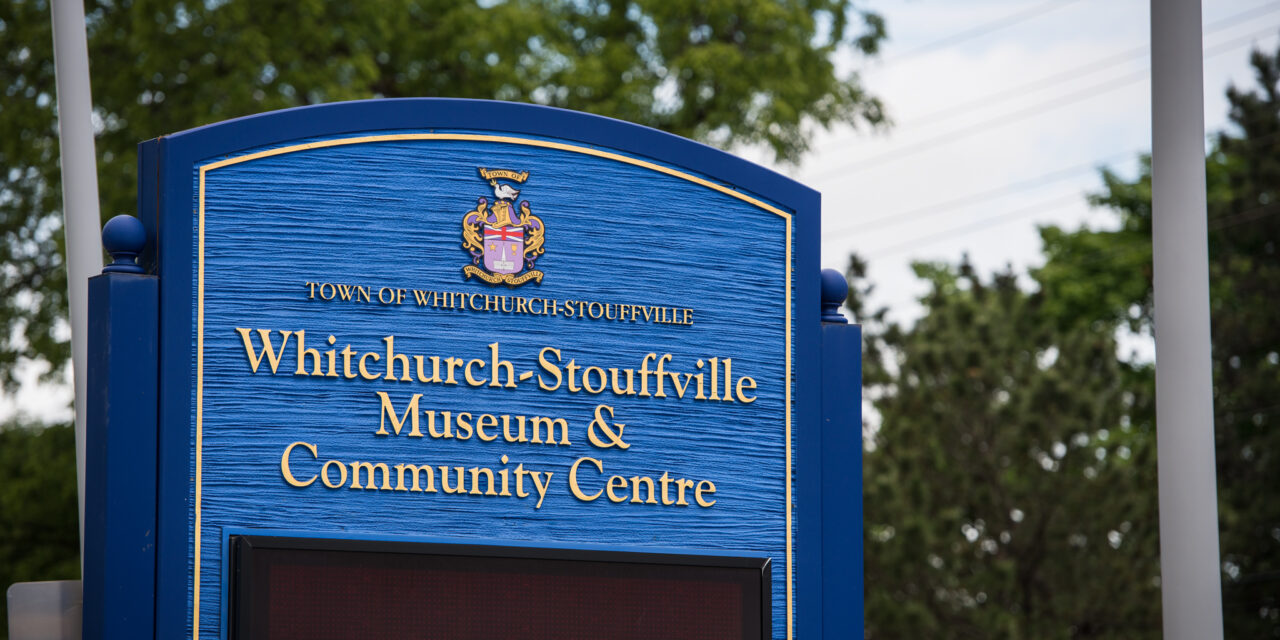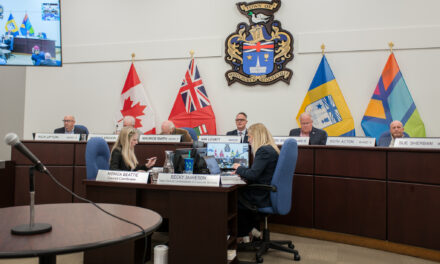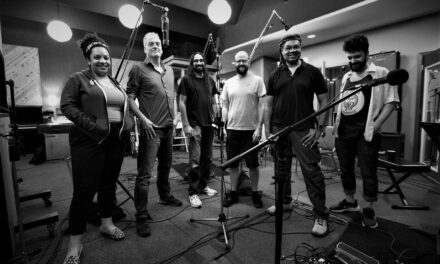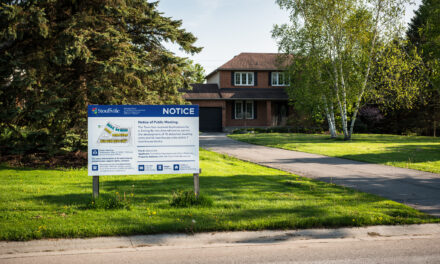- During their June 5 meeting, Stouffville’s Council approved the acceptance of a demilitarized Leopard tank donated by the Department of National Defence.
- Their decision concludes a lengthy public process initiated following the controversial December resolution to accept the tank and place it near the Town’s cenotaph in Memorial Park.
- Councillor Sue Sherban moved to accept the tank with an amendment to Staff’s updated recommendations, which advised declining the donation given community opposition.
- The tank will now be installed at the Whitchurch-Stouffville Museum.
- Parks Staff will commence planning for the site, with details on timelines and any additional costs to be provided at a future date.
While speaking to her amendment, Sherban highlighted the extensive public consultation that shaped Staff’s latest recommendations. She acknowledged community opposition to installing a tank on Town property but expressed gratitude to the Federal Government for the donation, emphasizing its potential as a unique educational resource for residents and Museum visitors.
Councillor Keith Acton sought more information about the financial implications of accepting the tank. Staff assured the Town would incur no transportation or installation costs, with minimal anticipated maintenance expenses. “We should be relatively problem-free for the next fifty-plus years,” Stouffville’s Commissioner of Community Services Rob Braid informed Council.
“If there are minimal costs, and the tank is at the Museum and portrayed in the right way, it can be a very educational symbol of who we have been and who we want to be as Canadians,” Acton stated. “Therefore, I will be supporting receiving the tank and putting it at the Museum for historical reasons, memorial value, and for educational reasons.”
Councillor Hugo Kroon reiterated his long-standing support for accepting the tank, however he would not endorse a location apart from the cenotaph. “I believe, in my heart, that the cenotaph and tank need to be together, wherever that place is,” Kroon said in an emotional speech. He suggested that separate locations will diminish the memorial’s impact.
He argued that a combined memorial would provide greater historical significance and offer a better opportunity for public reflection on the sacrifices made by Canada’s armed forces. He noted how a “proper” memorial would benefit “those who have a misunderstanding about the history of the military and why our military did the things that it did.”
Kroon referenced the 80th anniversary of D-Day and Canada’s enduring peacekeeping legacy. “We’ve always protected our own people, and we’ve always protected people who we were responsible to protect,” he explained. “Wherever we were called, and we had the opportunity, we went there. We went there to protect people, to bring back peace, and that’s the story that needs to be told.
“This tank will do that,” Kroon concluded. “This tank will help us understand the sacrifices that those men made.”





